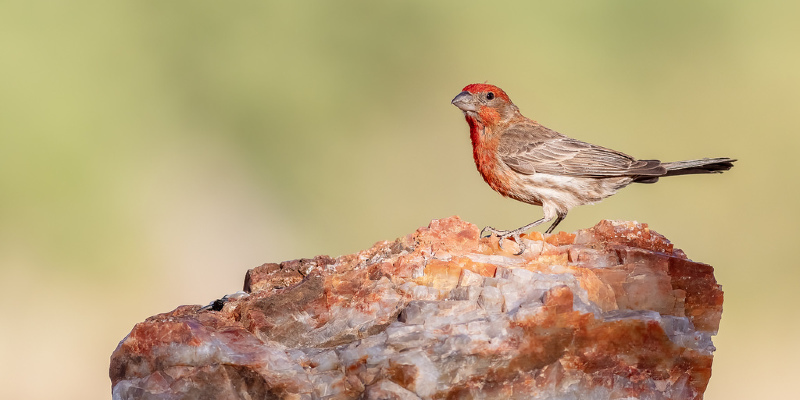
Freelance motion designer Philippe Vendrolini works almost exclusively from home, and thoughts for a backyard office had constantly circled through the back of his own mind. The addition of 2 children reduced accessible workspace in his San Francisco home and enhanced the ambient sound, fast-tracking the attempt to find sanctuary. While he toyed with the idea of leasing a commercial space, a shady, south-facing backyard area appeared perfect.
It’s a part of human nature to pursue private space — if in a remote corner of their yard or a quiet hallway nook — to work, to unwind or just to get a space that belongs exclusively to us. Writer Michael Pollan asked, “Can there be anyone who has not at one time or another wanted for such a place?” Here is how Vendrolini established his.
Project at a Glance
What: A backyard greenhouse studio
Location: San Francisco
Size: 8 by 12 ft
Vendrolini combines animation, graphic design and filmmaking in short films, commercials and other projects. He began his backyard office search by considering prefab studios, but cost and site logistics (hauling the structure up the steep San Francisco lot) had him searching for different thoughts. After he perused some layout sites, a greenhouse studio presented itself as a pleasant choice. “It’s light and can be very much an indoor-outdoor encounter,” he states.
Plus, isn’t it a lovely idea to nurture creativity within a structure designed to nurture crops? While weight and cost have been sensible considerations, Vendrolini says the heat of a greenhouse also appealed to him.
Two weeks and four weeks later he put his order, a cozy 96-square-foot greenhouse sat high over the property. Vendrolini picked a $13,000 kit from Sturdi-Built, an Oregon greenhouse business. Everything but a drill and a great deal of patience was included, he states: “It was like a mystery.” The apparel gave him a feeling of accomplishment from building with his own hands, with all the reassurance that comes from having a recognized design.
Vendrolini ready the site with a 16-foot by 24-foot deck, bolting the greenhouse directly to the deck. A line for lighting stems from a previous landscape job. Vendrolini attracted an extra line and an Internet connection to the greenhouse.
Design notice: A level foundation is essential before building, if or not a sturdy deck or terrace, or a simple perimeter base. Securely anchoring your greenhouse from heavy winds or other inclement weather is indispensable. Be sure to confirm which tie-down way is advised for your own structure, climate and foundation.
Attention to detail and handiness demonstrated essential — especially during tedious tasks like window glazing and caulking. The job progressed without too much problem, though Vendrolini says an additional set of hands would have been useful.
San Francisco’s building codes allow one-story detached accessory buildings smaller than 100 square feet to be constructed without a permit, but codes vary by region, so check with your county’s department of building inspection.
Vendrolini expanded upon the kit’s incremental directions to change the greenhouse shell to an inspired backyard studio.
He installed engineered wood floors — advocated over hardwood to the higher growth that can happen in a greenhouse. Ikea shelves hold a small library, and insulated wood siding finishes both the interior and exterior. Vendrolini did his best to match the redwood stain of their rainwater onto the trim bits he added. Opaque wall treatments, provided by the greenhouse business, include privacy and sun protection.
Humidity and watertight sealing was concerns at first, but the greenhouse studio has proved itself from a San Francisco winter. With spring and summer on the horizon, it’s time to store the mobile space heater , and window blinds are next on the shopping list.
The greenhouse is affixed to the garden in a familiar way, as if it’s always been wrapped up in this shady corner.
What Vendrolini finds most unexpected is how excited he is from the greenhouse — as far today as when he made a decision to build in summer 2012.
The studio’s main benefits are the change of scenery and escape from regular. And while his new commute to work is a bit more of an attempt today that his office isn’t at the house itself (it is possible to see his residence’s back deck from here), Vendrolini says working has become more intentional and focused. And each time he sits in his desk, a previously successful job — his greenhouse — envelops him.
Vendrolini’s tips, based on which he learned from his backyard studio job:
Be constantly patient.Give yourself plenty of time and find an extra set of hands to help you.Schedule your job for a while if there won’t be rain.Take time to map out just how much space you need for what you will be doing. Mark it out on the ground. You don’t want it to be too small for the task you are envisioning for it, and you may not want it to dominate the yard. Tell us : Have you made a particular area of your own?